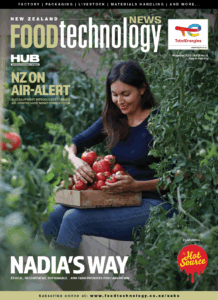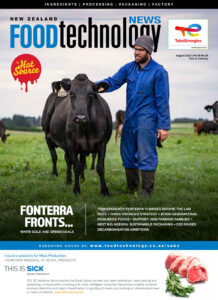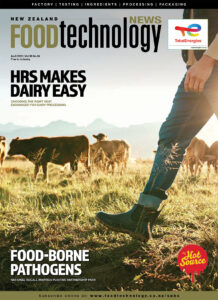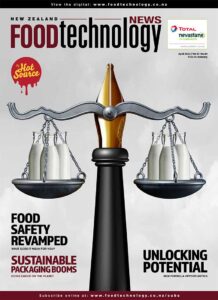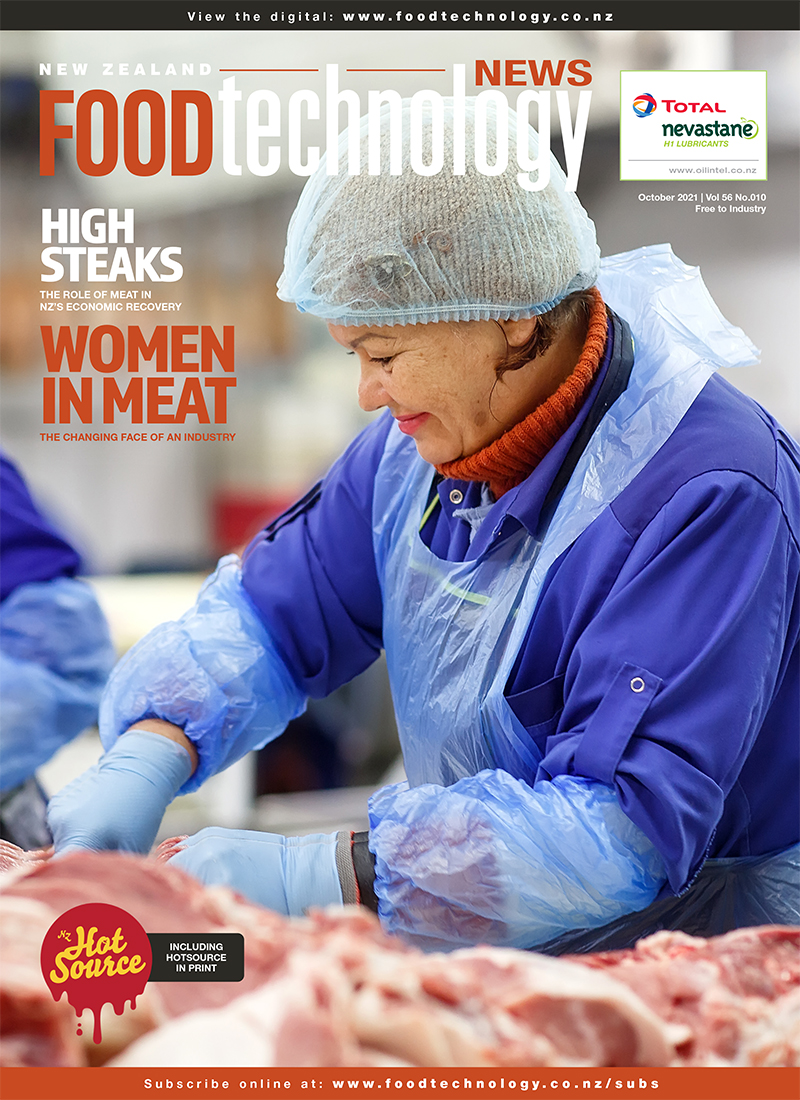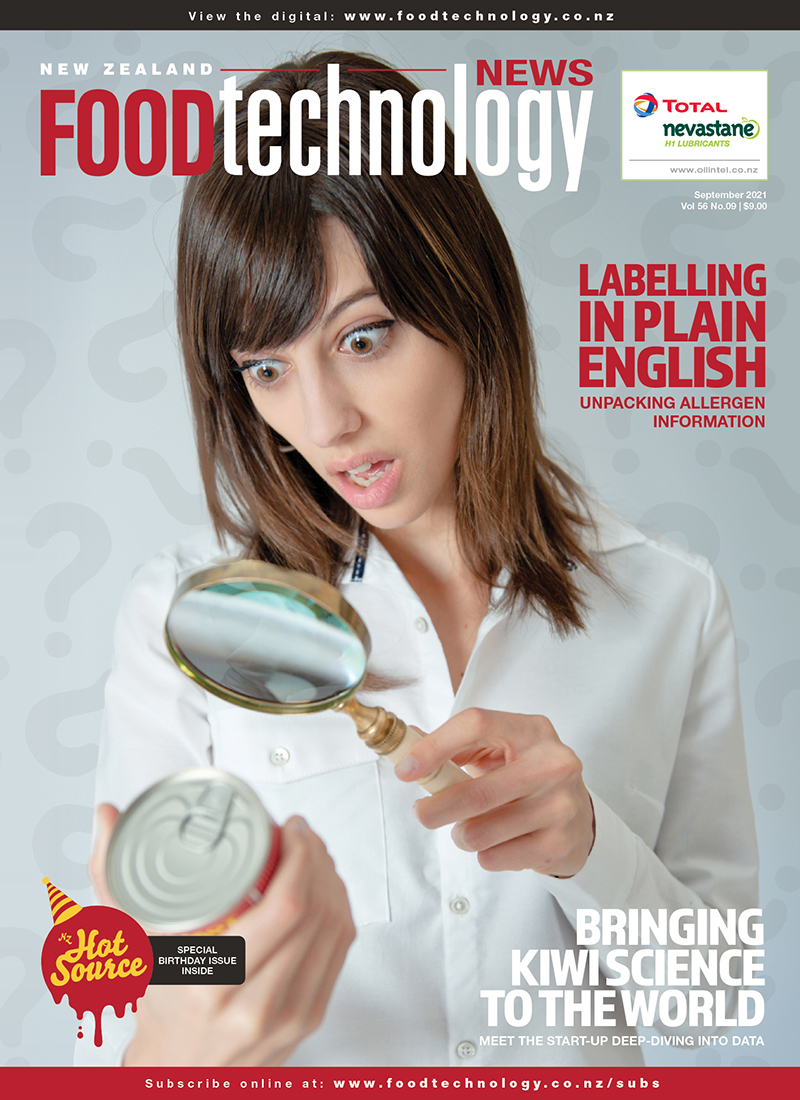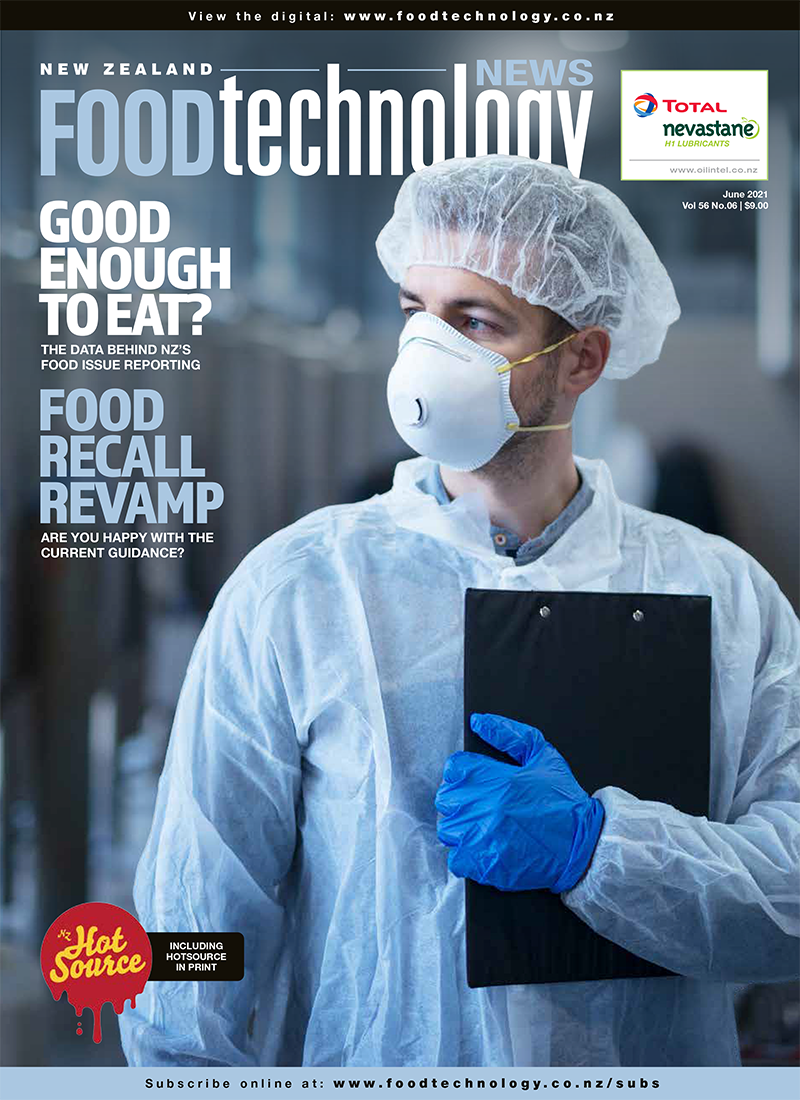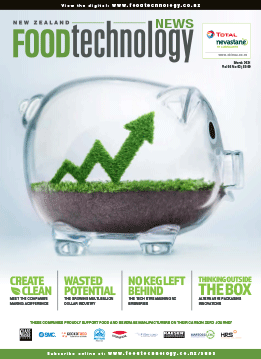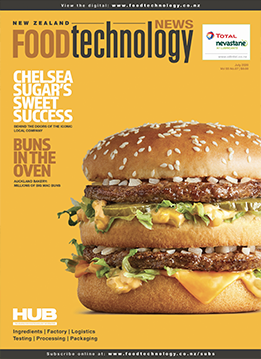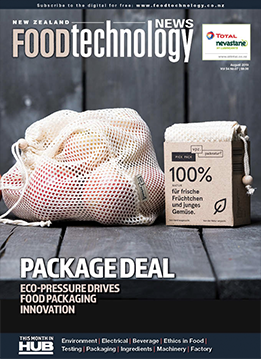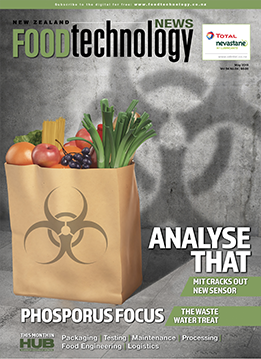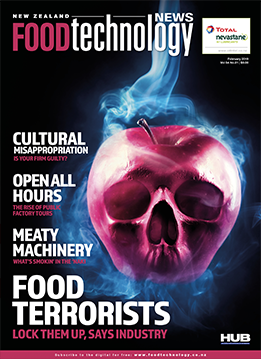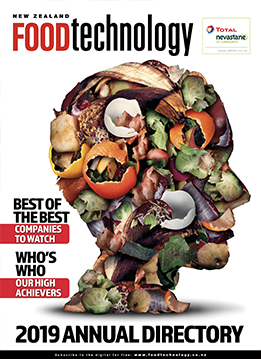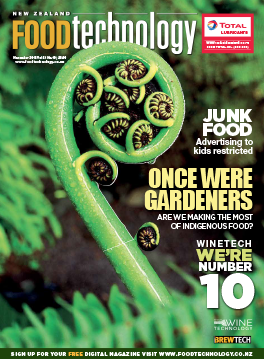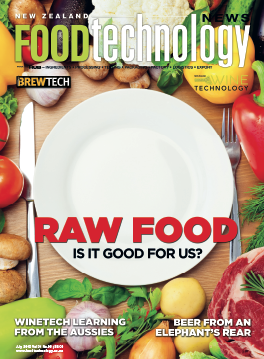
Lead researcher Dr Joanna Strom in the School of Population Health at Waipapa Taumata Rau, University of Auckland is also a public health registrar and a GP. Strom was inspired to research the costs of feeding children low-cost healthy foods by the health issues affecting children in her south Auckland general practice. “Nutrition is so important for children because they’re developing and what we eat affects not only our physical health but also mental health,” Strom says. “If kids are hungry and not eating well, then it impacts their learning, too. “But also, if kids are eating overly processed, high-fat, high-sugar foods and becoming overweight, with poor dental health, they can’t move their bodies well and that impacts how they interact with other kids.
“You want the foundations in childhood to be the best they can be.”
In New Zealand, more than one-third of all children are overweight or obese (Ministry of Health 2023), and only 5.4% of children aged two to 14 eat the recommended number of servings of vegetables each day. These statistics are worse for Māori, Pacific, disabled and low-income children, creating inequities that persist over people’s lives, especially with chronic illnesses.
Strom developed a tool in Excel that could model weekly grocery prices for children aged one to 18 and an adult male and female. In the paper, the tool was used to model costs for a family with two children.
She found those food-basket prices increased by 35% in the six years from 2018 to December 2023. The largest annual increases in food prices were 11.7% in 2022 and 13.6% in 2023.
However, Strom also worked out the costs for an example family whose children were growing over that time, with their additional food needs compounding the price increases so that the costs of groceries increased by more than 50% from $10,420 in 2018 to $16,083 in 2023. Strom focused on the lower cost foods within the food price index produced by Statistics New Zealand.
She created healthy food baskets that would meet the nutritional needs of children, according to Ministry of Health guidelines, for a family of four with children aged seven and 14.
“Generally, there has been a year-on-year increase in these lower cost healthy foods, over the past six years, which is higher than the food price index overall, and that is concerning,” Strom says.
Food price rises in the past five years have also been much higher at 6.6% per year than in the decade from 2007 to 2017 at 2.4% and, in the early period, healthy foods rose at the same rate as other foods.
Comparisons to government support
The Child Poverty Action Group (CPAG) in its 2023 report estimated a family with two children which was renting and receiving government allowances could have an income of $1157.
CPAG estimated the family’s food costs at $290 per week, leaving the family with a $179 shortfall after all bills were paid each week.
Their food spend was based on a ‘basic basket that would provide adequate nutrition’.
However, Strom estimated feeding the children low-cost healthy food baskets would cost another $33 per week, so this household would be $212 in deficit each week.
Recommendations
Strom would like government agencies to consider using the tool she developed to produce publicly available estimates for feeding children of different ages or household make-ups.
This reporting could inform policy aimed at the whole food system, including incentives to farmers and growers to sell food locally, and local solutions such as free school meals.
Advocates could use the data to lobby for policy solutions that would improve people’s access to food and address inequities.
“Work must continue across the board to support households with children so they can access nutritious and healthy food and avoid the intergenerational effects associated with an unhealthy diet.
“Barriers need to be removed, so healthy choices are easy choices,” Strom says.
“As a GP, I see firsthand how, when people are struggling with income – and housing costs have gone up so much – it’s often choices around food that are impacted.”
CPAG spokesperson and professor of nutrition at AUT, Dr Elaine Rush, says, “Especially for children, combinations of a variety of healthy foods every day are fundamental to life, growth and health. “New Zealand has high rates of child poverty and malnutrition, which will impact on the future health needs and productivity of this country. The child cannot wait: the time to invest in their future is now.”
Health Coalition Aotearoa
Health Coalition Aotearoa’s (HCA) food policy expert advisory group co-chair, Dr Sally Mackay says the study highlights the impossible challenge for whānau on low incomes to provide a healthy diet for their children.“It is shameful that New Zealand cannot provide better access to healthy food for its own, most vulnerable citizens. The nutritional needs of children must be prioritised in our food policies and systems over the profits of the food industry.”
HCA is calling for the urgent development of a national food and nutrition strategy that ensures all families can have enough healthy food to meet basic nutritional guidelines; a commitment to retain the existing healthy school lunches programme for all students and for healthy school food and drink policies to be mandatory.











